Boston, Massachusetts

While the average highs in Boston are quite pleasant during the summer, winter can be bitterly cold. You may remember the record amount of snowfall the city received in 2015. The city had so much snow that year that the Tide Street snow pile reached a height of 75 feet and didn't melt until mid-July. The economic impact of all that snow came out to $1 billion in lost profits and wages for the whole state.
Bostonians seem to get the worst of both worlds when it comes to weather. In the summer, you can expect hot, humid, and uncomfortable days. However, that all changes when winter rolls around—that's when the brutal cold and massive amounts of snow begin. All in all, Boston is anything but a temperate paradise.
Grand Rapids, Michigan
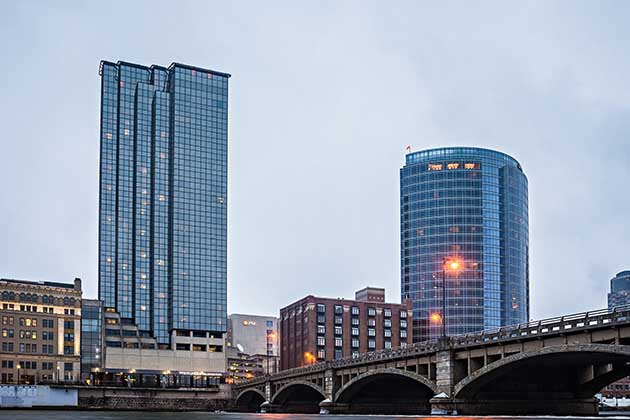
In the winter, Michigan gets Cold with a capital "C." We're talking average lows of below freezing for five months of the year. While they don't always bring snow and rain, clouds are a common sight above the city. Fewer than 50% of the year has sunny days. Don't be blue, though. At least the summers are short and mild.
However, even those "mild" summers are not necessarily as mild as you might think. Average high temps in the summer months in Grand Rapids hover around the high 80s and low 90s, which can still be hot and uncomfortable if you're not ready for the heat. But hey, at least there's not a foot of snow on the ground, right?
Indianapolis, Indiana
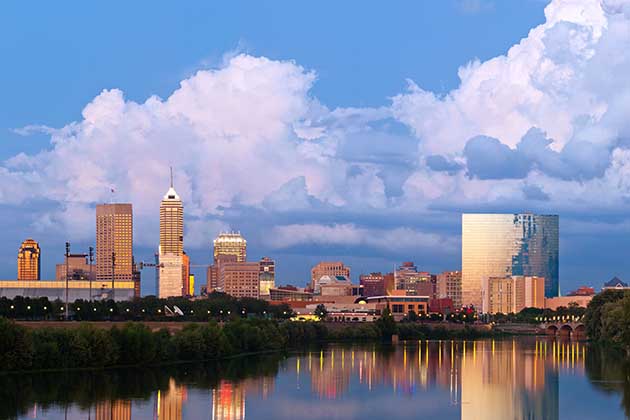
Would you have guessed Indianapolis gets more snow on average than Boston? The city's Midwestern location is perfect for mild yet wet summers, decent amounts of snow in the winter, and plenty of chilly days in between. The biggest downfall for the city is that it doesn't experience a particularly long dry spell during the year.
However, despite all the rain, the city manages, on average, to exceed temps of 90 degrees for about twenty days of the year. That might not seem like a lot, but you might change your tune when you're in the middle of one of those sweltering twenty days!
Providence, Rhode Island

Providence has the fewest numbers of both precipitation days and snowy days on the list, but it scores poor marks for its consistently high humidity, which turns a simple walk around the city into a muggy affair. Providence's location also makes it particularly vulnerable to powerful nor'easters.
Thankfully, hurricanes are not a regularly occurring problem in Providence, but they can be real trouble when they do arrive from time to time. Because Providence is located on Narragansett Bay, storm surge and flooding can be a serious issue when powerful storms do manage batter the New England coast.
Rochester, New York

Rochester is tied for the highest number of snowy days on our list, having on average around 66 throughout the year. That's more than two full months of constant snow. On the other hand, we hear that shoveling snow can be a particularly effective workout. With 167 days of precipitation, Rochester can also boast that it receives a half-month more rain than Seattle.
Thankfully, Rochester is home to some pretty mild summers, even if it does get a little bit humid from time to time. But just remember this—winter always returns, and those mild summers might not be worth the trouble of the mountains of snow you're going to receive during the cold months!
Canton, Ohio
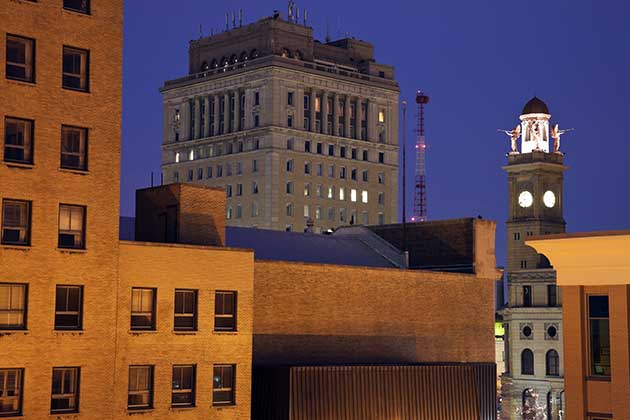
Canton is another Midwestern city than can boast of windy and frigid winters, including a month and a half's worth of snow during the year. The area's high humidity also contributes to powerful summer thunderstorms. There's just no winning with you, is there, Canton?
While Ohio only sees a few tornadoes each year (approximately 20 annually), they are still a possibility, especially in the humid spring months leading into early summer. The fact that they are relatively uncommon can, paradoxically, make them more dangerous, though, as people are less prepared for when they do hit.
Buffalo, New York
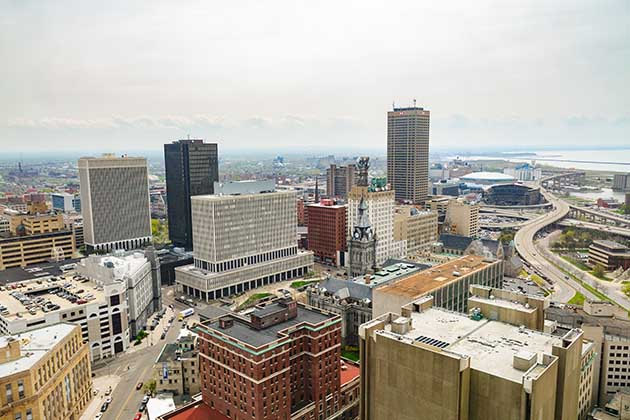
Rochester's western neighbor receives nearly as much snow throughout the year: a full two month's worth. Buffalo's location along the Great Lakes exacerbates that problem, known as lake-effect snow. Water vapor from the large lakes rises, freezes in the upper atmosphere, and is then dumped in large quantities within a short amount of time. Isn't science fun?
While the summers in Buffalo are much more mild than some other parts of the United States, they might actually be a little too mild! There are only roughly six months a year where the average high is higher than 50 degrees. You might get a reprieve from the snow, but a high of 60 in July is not exactly "fun in the sun."
Syracuse, New York

Syracuse ties Rochester for most days with snow throughout the year. In fact, it's America's snowiest large city. "Do you want to build a snowman?" Well, this is the place. Not only that, with 174 days of precipitation on average, Syracuse is one of the wettest cities in the contiguous United States.
While your winters in Syracuse are hopefully not too snowy, history has shown just how crazy the weather in this city can get. In 1993, the city experienced a historic blizzard that dumped a whopping 43 inches of snow on Syracuse in a matter of two days. I'd seriously consider investing in a snow shovel if I lived there!
Youngstown, Ohio

Youngstown is the second city from Ohio on the list. Only New York state has more. The city has the hallmark of Midwestern winters: cold, windy, cloudy days made worse by the wind chill. Like Canton, the high humidity also contributes to significant summer storms.
While Youngstown might be in a pretty comfortable climate for most people, if you've got a green thumb, you might find that you have difficulty keeping your garden alive there. While not an annual occurrence, Youngstown has experienced freezing temps in every month except for July, which means that cold weather killing crops could be an ongoing problem.
Juneau, Alaska

Alaska is a snowy tundra wilderness, right? Wrong. Juneau only has 43 snow-filled days a year, a far cry from the 66 of western New York. But things aren't so sunny in Juneau. The city has a record 230 days with precipitation, on average. For comparison, Seattle's famous haze only occurs 152 days a year. Don't forget your poncho on your next adventure north!
If you're a fan of tropical, sunny weather during the summer, Juneau is definitely not the locale for you! Even in the middle of July, temps over 75 degrees are considered rare. In the history of temperature records, Juneau has only hit 90 degrees once in 1975. You might have to put your shorts and summer tops away for good!
Marquette, Michigan
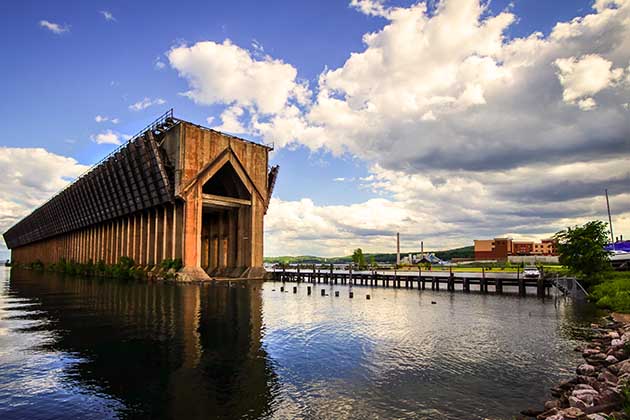
According to The Weather Channel, Marquette gets hit with an average of 204 inches of snow every single year. Like much of Michigan, this has a lot to do with the lake-effect. This effect produces cooler temps around the Great Lakes and makes it easier for snow to be dumped in the area.
However, interestingly enough, the Great Lakes also keep Marquette from experiencing some of the brutally cold temps that other areas in Michigan routinely receive. The warmth from Lake Superior actually reaches the city, keeping their temps slightly higher than the Michigan average.
Lubbock, Texas
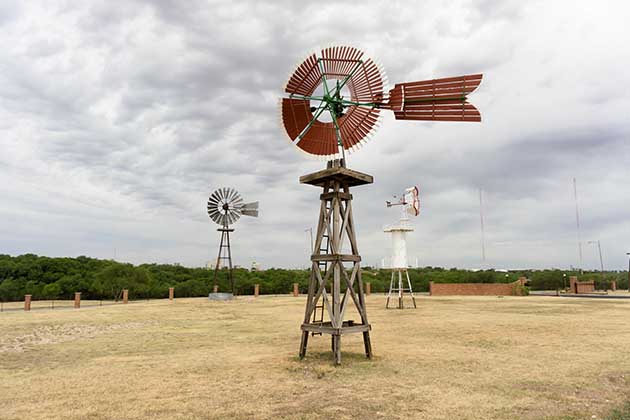
Lubbock has it all from extreme temperature swings, tornadoes, dust storms, and more. In 2013, The Weather Channel deemed Lubbock the “Toughest Weather City” in America. Summers can get as high as 114 degrees Fahrenheit, while winters are a low, low 10 degrees.
Since Lubbock is smack-dab in the middle of tornado alley, it is also at an extremely high risk of damaging storms and tornadoes—you should definitely expect to experience a little wind if you live there. On top of all that, while the city sees at least one tornado each year, Lubbock only installed tornado sirens in 2021. Better late than never, I guess?
Fargo, North Dakota
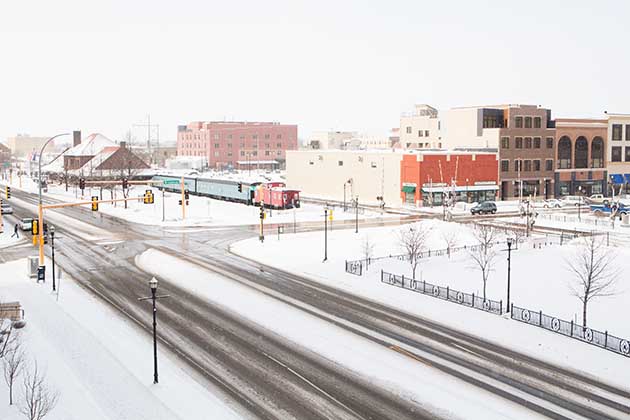
Before the movie, Fargo was known for having the worst winters in the Midwest. Yearly, Fargo gets around 49 inches of snow, and temperatures are pretty low. Once the snow melts, residents have to deal with flooding so bad that national warnings are almost always expected.
The weather is so famously bad in Fargo that the city was awarded the title of "America's Toughest Weather City" by the Weather Channel in 2011. Fargo recieved almost a million votes in the poll for their famously fickle weather. No matter what season you're in, you should probably go ahead and expect bad weather here.
Orlando, Florida

Florida may seem like a vacation paradise, but it’s a tough place to live. While the summer and winters aren’t terrible, it’s the humidity that gets you. The temperature in the city is around 90 degrees Fahrenheit on average, but that’s coupled with an average of 74% humidity. In fact, it’s the fourth-most humid place in the U.S.
And, like most of the rest of Florida, hurricanes are always a concern during hurricane season. While Orlando is more inland than other Florida regions and sits about 100 feet above sea level, the region still has experienced numerous severe storms in the past. Hurricanes also increase the risk of tornado outbreaks when the storms pass over the area.
Houston, Texas

It doesn’t take long for Houston to get hot. On average, Houston experiences around 100 days each year where the temperature is over 90 degrees Fahrenheit. As if that wasn’t bad enough, Houston is also known for having extremely high humidity, often around 90%.
Houston is also prone to severe flooding thanks to its location near the Gulf of Mexico. Most recently, the city experienced devastating damage during 2017 thanks to Hurricane Harvey. During this powerful storm, some areas of Houston saw almost ten inches of rainfall in the span of two hours.
Grand Forks, North Dakota
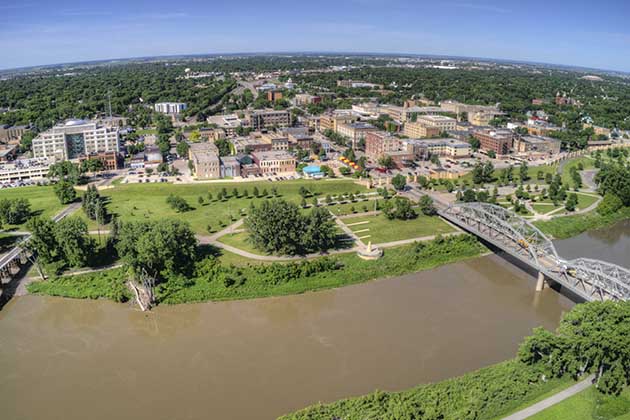
If you love cold weather, maybe give Grand Forks a shot. Don’t feel bad if it’s difficult, though, because it’s one of the coldest cities in America. The average temperature will hover around -3 degrees Fahrenheit. This makes Grand Forks one of the coldest towns in the continental United States.
Plus, the city is located in the Red River Valley, which causes other problems like the risk of flooding in the spring and high winds all year. It's not the greatest place weather-wise. Basically, no matter what season you're in, there's probably going to be plenty of bad weather in Grand Forks!
Tampa, Florida
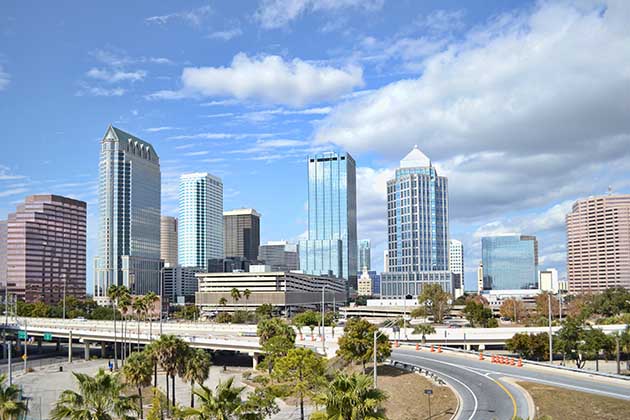
Sure, Tampa sees over 200 days of sun per year, but it isn’t all sunshine in this beachy city. It also has the highest number of days with thunderstorms when compared to other cities in the U.S. On average, Tampa has violent storms 83 days out of the year, which has caused a striking statistic – there are 10 deaths and 30 injuries from lighting each year in the city.
And, like the rest of Florida, Tampa has a risk of hurricanes for about six months of the year. However, Tampa has rarely taken direct hits from powerful hurricanes; although, the risk for some flooding and loss of power are still a possibility when storms move through.
Bullhead City, Arizona
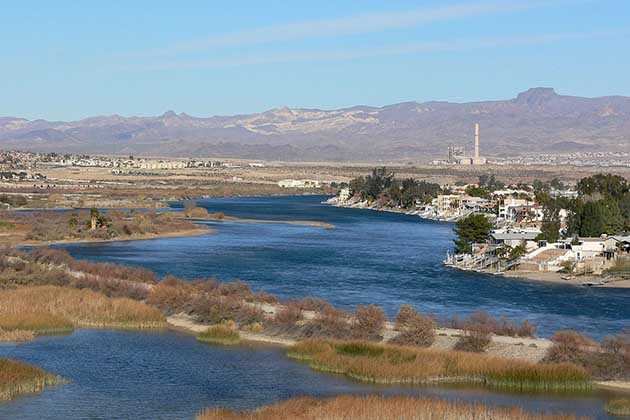
Bullhead City has a lot going for it, especially since it’s only 100 miles from Las Vegas. The downside is that it’s extremely hot. On average, Bullhead City has 129 days of 99-degree temperatures. Sometimes, the temperature can get as hot as 129-degrees, as recorded in July 2017.
And this is definitely not the place to be if you love chilly, snowy winters and everything that comes along with them. On average, the temperature never drops below forty degrees, even in January, which means that your hopes and dreams for a winter wonderland are definitely going to be dashed in Bullhead City.
Ironwood, Michigan

Few cities can compete with Ironwood, Michigan, but not in a good way. Ironwood gets a jaw-dropping 188-inches of snowfall each year. Average lows at the beginning of the year rarely get above single-digit temperatures, and highs hover around 20 degrees.
Thankfully, Ironwood's worst winter storm happened all the way back in 1904 when the city received a whopping 71 inches of snow. However, with average temps below freezing for about four months of the year, there's always the possibility that the city could see another once-in-a-generation snow storm!
Portland, Oregon

Portland doesn’t get a lot of sun. On average, the city has 222 heavily clouded days out of the year. That makes it tough to grow literally anything other than roses. Roses don’t require a lot of sun and love cloudy weather, so that’s why Portland is often referred to as “the City of Roses.” Maybe that’s why food is so expensive there!
While the city itself rarely sees much snow, the surrounding suburbs do sometimes have issues with snow and ice thanks to the fact that they are at a higher elevation than Portland proper is. All in all, this is the best advice we have for surviving the dreary Portland weather: invest in a good umbrella!
Flagstaff, Arizona

Flagstaff is famous for its snowy peaks, so it isn’t much of a surprise that they get a lot of snow. How much? Well, 101 inches per year. This marks it as one of the snowiest cities in the United States. Well, this is good news for all snowboarders out there!
It can honestly be kind of difficult to grasp just how wintery Flagstaff is, especially considering that it's located in the desert state of Arizona. While the rest of the state is dealing with uncomfortably hot temps by June, sometimes Flagstaff still sees freezing temperatures during this time of the year!
New Orleans, Louisiana

Let the good times roll! Well, as long as you can deal with the humidity and precipitation. New Orleans has been deemed the most humid city in America. On average, the humidity is 75.9%, with the peak being around 6 AM. It also gets, on average, over 60 inches of rain per year - not to mention all of the hurricanes which persistently flood the city.
And if that weren't bad enough, New Orleans has to deal with even more kinds of severe weather aside from hurricanes. Louisiana as a whole is located in what some forecasters call "Dixie Alley"—an area of the southeast United States that is prone to violent and long-tracking tornadoes. While tornadoes in this region are less frequent than in Tornado Alley, they are often much more violent storms.
Seattle, Washington
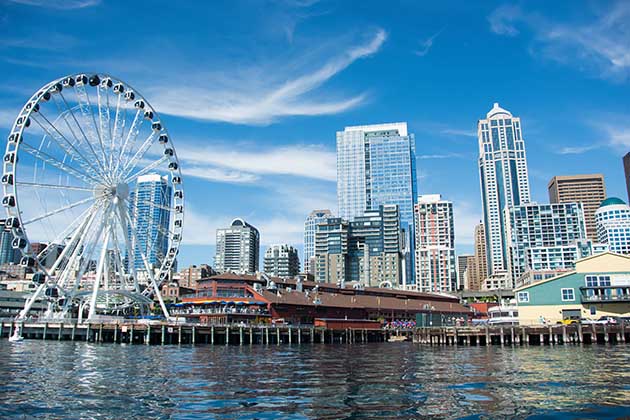
It’s well-known that Seattle gets a lot of rain. On average, it gets around 147 rainy days per year. Even though it usually just drizzles, that doesn’t mean it isn’t a big deal. The Seattle Times reported a high number of people who suffer from Seasonal Affective Disorder, especially as winter comes along and the days stay darker longer.
However, if (and that's a huge if) you can deal with the unusually wet conditions in Seattle, the city can be pretty mild, weather-wise. The region rarely experiences heat waves in the summer or severe cold and snow in the winter, which seems like a fair trade for all the rain you have to deal with.
Dallas, Texas
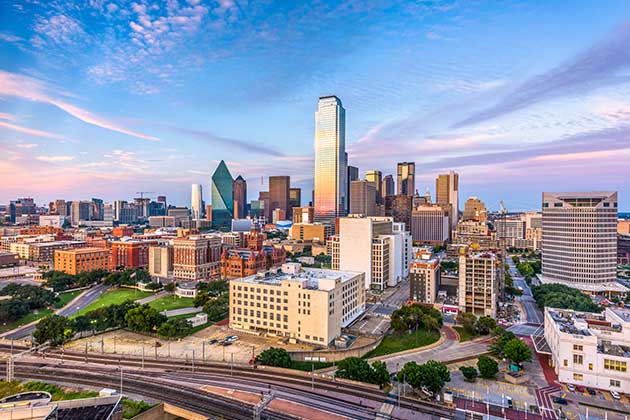
It isn’t a surprise that Dallas made the list. Anyone that lives there knows how hot it can get, but do you know the stats? The Weather Channel reported that there are 101 days (on average) where the temperature is over 90 degrees Fahrenheit. That means the summer is mostly spent inside.
Plus, Dallas is located in the center of Tornado Alley, which means these violent storms typically become a problem in both the spring and fall seasons for the region. It would probably be great to have a nice breeze to cool you off from Dallas' temps, but a tornado is definitely overkill!
Phoenix, Arizona
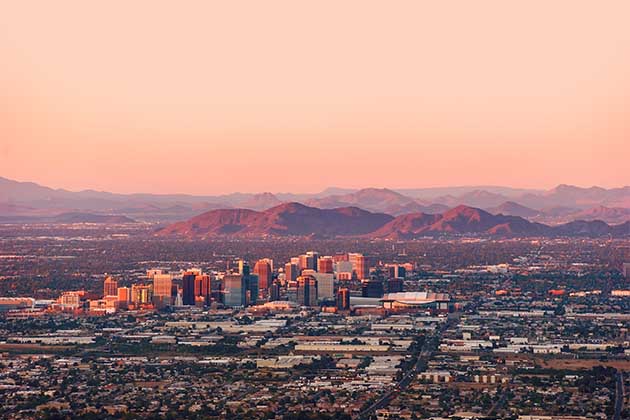
Residents of Phoenix can tell you that it can get super-hot, but those who live outside of the city have no idea. It’s one of the hottest cities in the United States, with average temperatures hovering between 104 and 106 during the summer.
And you shouldn't expect any relief during the nighttime, either! While some areas of the desert fluctuate wildly between hot temps during the day and extremely cold temps at night, Phoenix doesn't experience these cool dips after the sun goes down, thanks to the size and density of the city.
Erie, Pennsylvania
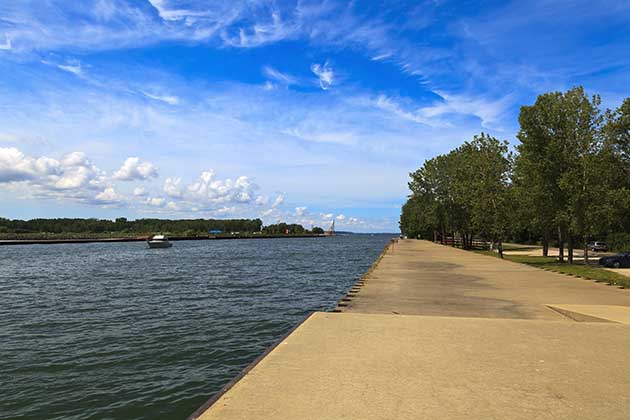
Erie is pretty complicated. In the summer, temperatures can be calm, but there are a few days when it gets above 90 degrees. However, the lows are what we want to focus on. See, Erie is one of the snowiest places in the United States. Each year, on average, Erie gets around 102 inches of snow.
One of the worst snowstorms that the city experienced was only a few years back in 2017. Over the course of Christmas Eve and Christmas Day of that year, Erie got a whopping 53 inches of snow. By the end of the season, the city had seem almost 200 inches of snow in total.
Tucson, Arizona
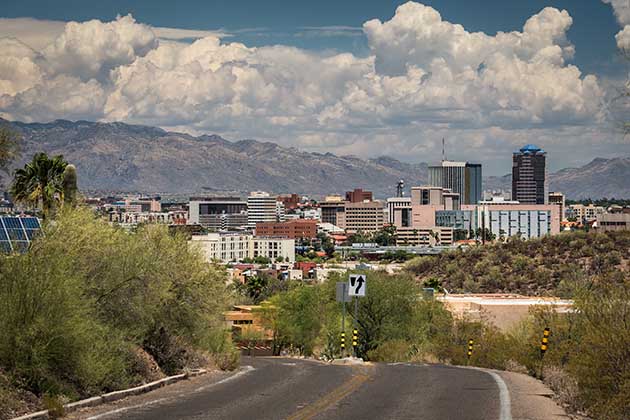
As hot as Phoenix is, Tucson is hotter. This city has a whopping 146 days of weather where the temperature exceeds 90 degrees, according to NOAA. The hottest was in June 1990 when the temperature reached 117 degrees Fahrenheit.
But high temps are not the only thing you have to worry about during the summer in Tucson. The city is located in a region of the southwest that sees some monsoon conditions in the warmer months. Powerful thunderstorms frequently develop in the late afternoon, die down, and then reappear the next day around the same time.
Fairbanks, Alaska
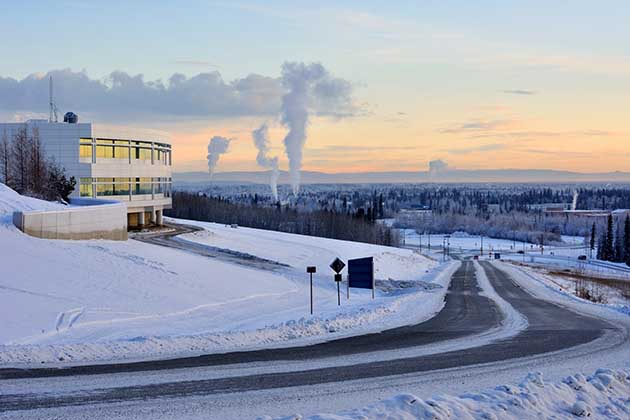
Fairbanks is ranked as one of the coldest places in the country. During the winters, the highs only get up to the 20s, and the lows can get as frigid as -13 degrees. On top of that, the American Lung Association ranked Fairbanks as the fifth most polluted city. This causes a large number of residents to suffer from respiratory diseases.
The chilly weather in Fairbanks can make growing plants outdoors a real struggle because the city only sees roughly 110 days each year without lows above freezing. It's a great place if you're looking for a chilly wonderland, but not so great if you'd like to feel the sun's warmth every now and again!
Barrow, Alaska
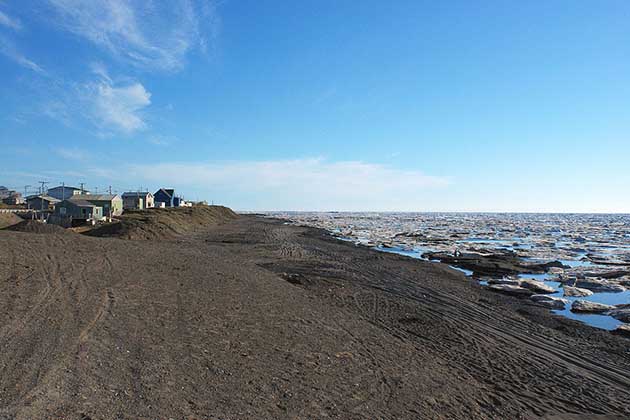
Barrow is the northernmost city in the United States, and temperatures are often below zero. The average high during the first of the year is -7 degrees, with an average low of -20 degrees. The extreme cold also attributes to a 1,300-foot layer of permafrost.
Plus, Barrow is located so far north on the globe that the sun doesn't rise for roughly three months in the winter. Needless to say, the lack of sun for such a long time can lead to some brutally cold temperatures for the region. Overall, you won't find many places in the United States chillier and bleaker than Barrow!
Minneapolis, Minnesota
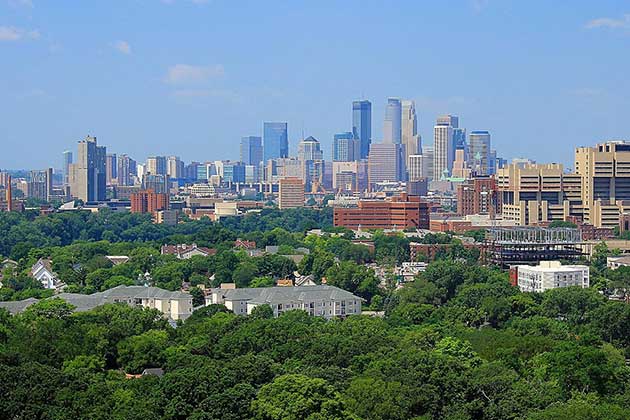
Minneapolis is seriously crazy with its weather because it’s so unpredictable. The summers are incredibly hot, with many days reaching 90+ degrees. Then the winters are super cold, with December, January, and February regularly below zero. Just to put it in perspective, the summers are like that of Florida while the winters are as cold as Alaska.
Minneapolis can also experience droughts, floods, and, on average, is windier than Chicago. There may be a lot of variety to the weather in Minneapolis, but, unfortunately, it's usually a variety of bad weather. This is one city that can't make up its mind about what kind of climate it wants to have!
Cheektowaga, New York

Cheektowaga, New York, may be considered to have "bad" weather due of the harsh weather. It is because of its proximity to Lake Erie, the town is at risk for lake-effect snow, which can produce heavy snowfall and blizzard-like conditions all winter long. The region frequently experiences brisk winds and low temperatures.
The region is accustomed to high humidity, thunderstorms, and sporadic tornadoes during the summer. Additionally, there are often clouds over this area, which lessens the amount of sunshine. Overall, the weather in Cheektowaga may be challenging and requires residents to be prepared for a wide range of weather conditions all year long.
Ketchikan, Alaska
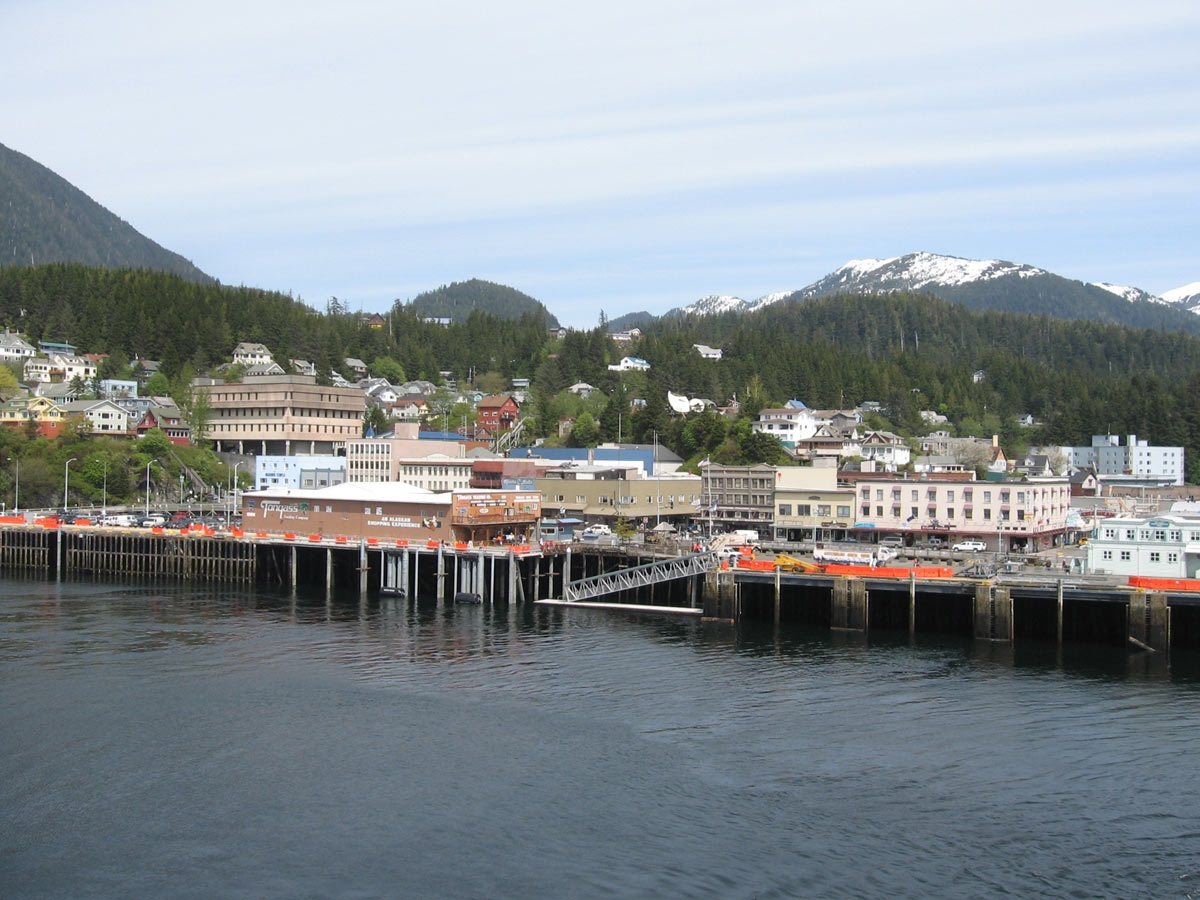
Ketchikan, Alaska, is occasionally recognized as having some of the worst weather in the US because of its frequent precipitation and overcast conditions. Due to its location in the temperate rainforest of the Tongass National Forest, the town averages 13 feet of rain every year. This, together with the area's proximity to the shore, frequently leads to fog and mist.
The town's moderate temperatures can also lead to high levels of humidity and a damp atmosphere. Additionally, there is a chance of strong winds in the area, which might make the already unpleasant weather conditions even harder to handle. Ketchikan is known for having some of the worst weather in the US as a result of all of these wildly horrible factors.
Sitka, Alaska
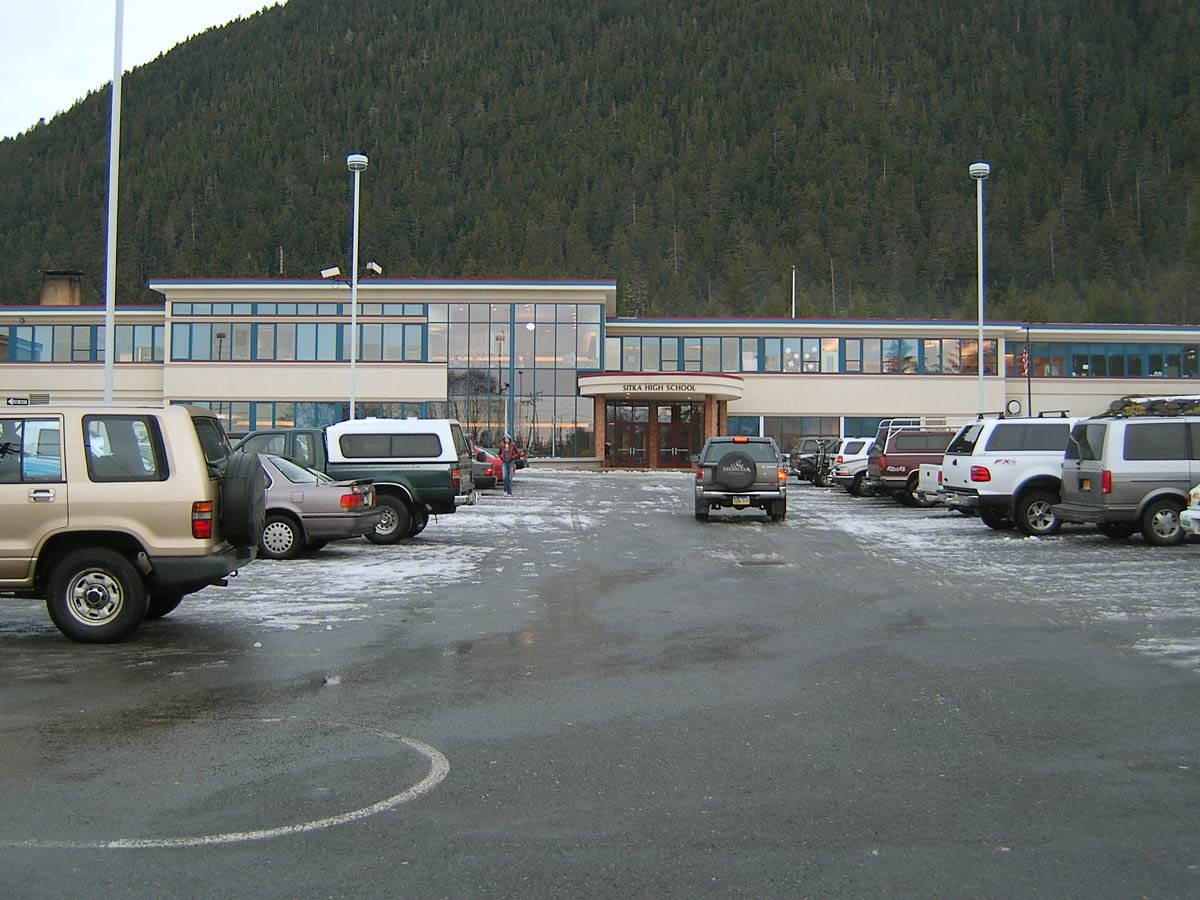
One of the most difficult places to live in the United States is none other than Sitka, Alaska, due to its infamously terrible weather. The town is located in an area that receives a lot of precipitation and is cloudy for the majority of the year, creating a soggy and dreary atmosphere.
Sitka has 61 clear days on average each year and average annual rainfall of 87 inches, which can make outdoor activities challenging. Strong winds, fog, and mist are common in the region, which can make getting about the area even more challenging. This city is a stunning and distinctive location with lush foliage, plentiful animals, and a rich cultural past, despite its infamous and difficult weather conditions.
Cambridge, Massachusetts
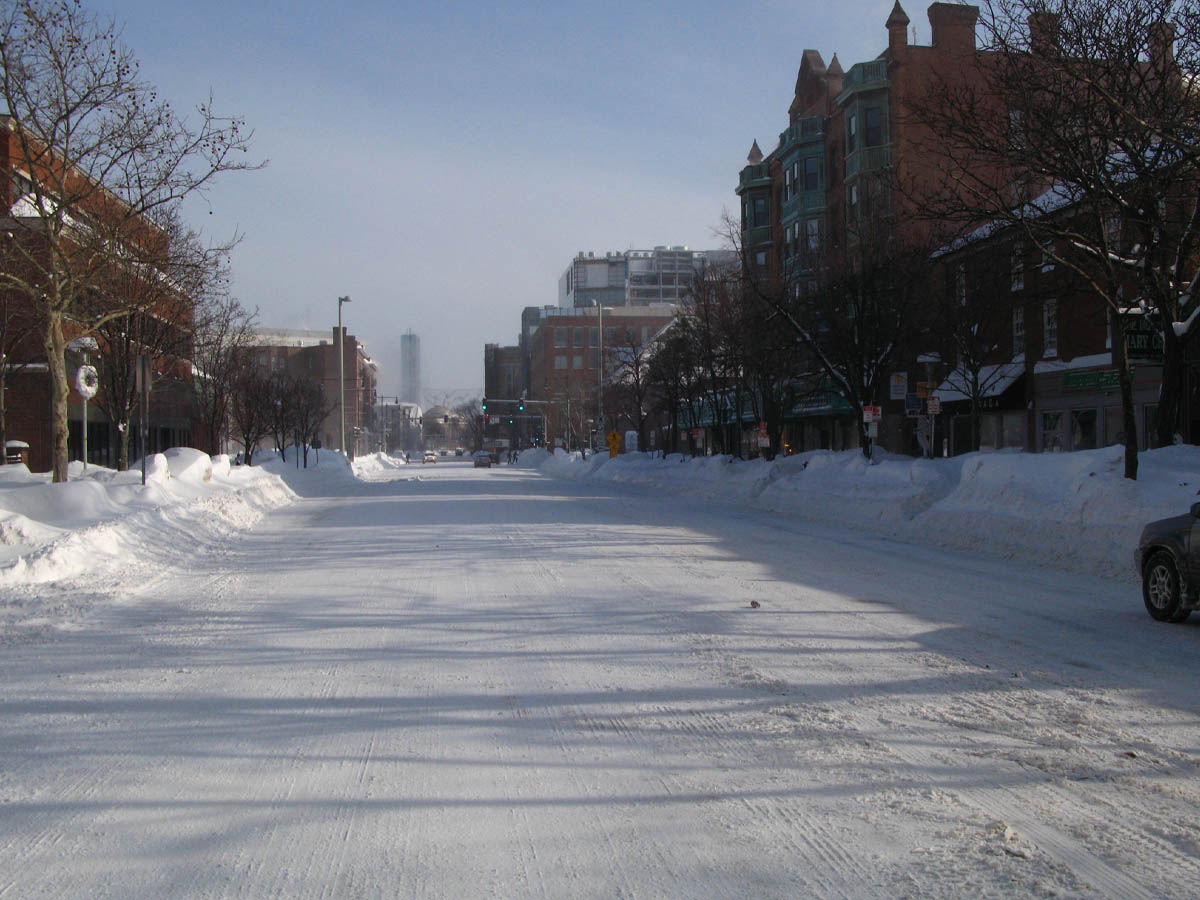
Here some people may think that Cambridge, Massachusetts, has the worst weather in the United States because of its cold and snowy winters. Winters in the area are notorious for their heavy snowfall and sub-freezing temperatures, which can make it challenging to go about your daily business or enjoy any outside activities at all throughout the year.
Furthermore, the locality intermittently encounters nor'easters, which entail forceful winds, copious precipitation, and snowfall. Although summers may be characterized by high temperatures and humidity, they are generally perceived as less severe in comparison to winter. The climatic conditions prevalent in Cambridge have been perceived to be relatively temperate and manageable in comparison to other regions of the United States.
Wyoming, Michigan

This city has hot, muggy summers and chilly, icy winters. The Great Lakes region, where the town is located, can produce both substantial snowfall and lake-effect snow during the winter. During the summer, the region is susceptible to powerful thunderstorms and tornadoes, which can bring strong winds and quite a lot of rain.
The town is located in a region that experiences frequent incursions of polar air masses, resulting in low temperatures and icy weather conditions. The challenging meteorological circumstances encountered in this locality are attributed to the town's proximity to the Great Lakes and its position within the trajectory of weather patterns traversing the country.
Cranston, Rhode Island
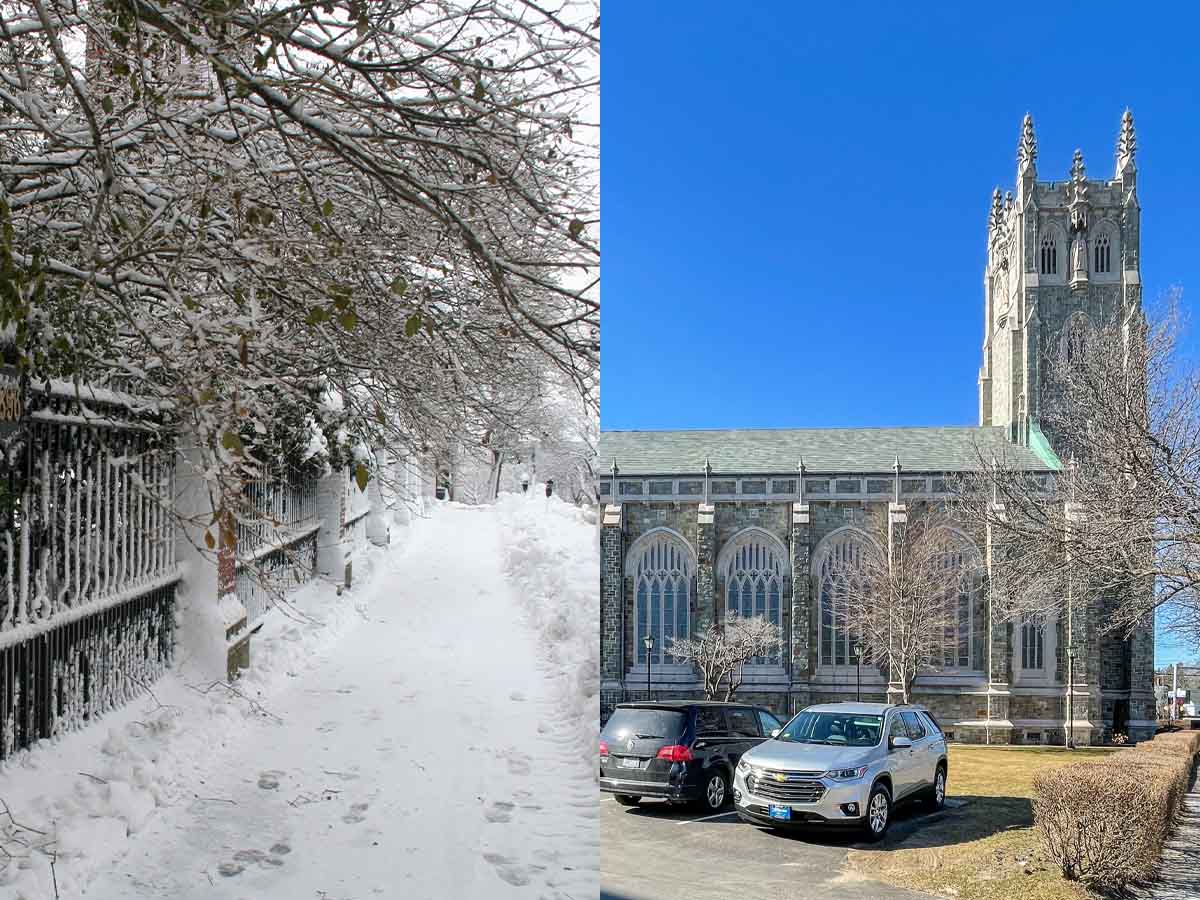
This city is characterized by a humid subtropical climate, featuring warm summers and cold, cold winters. The area encounters an annual precipitation level that greatly surpasses the national average of 48 inches, and at irregular intervals encounters nor'easter storms characterized by potent winds, a lot of precipitation, and heavy snowfall.
During the summer season, high temperatures and humidity levels can create a great deal of discomfort. The town is located in an area that is susceptible to flooding, resulting in potential harm to homes and businesses. The erratic weather patterns in Cranston pose a challenge for individuals, requiring them to implement additional precautions and planning measures to ensure everyone's safety.
Schaumburg, Illinois
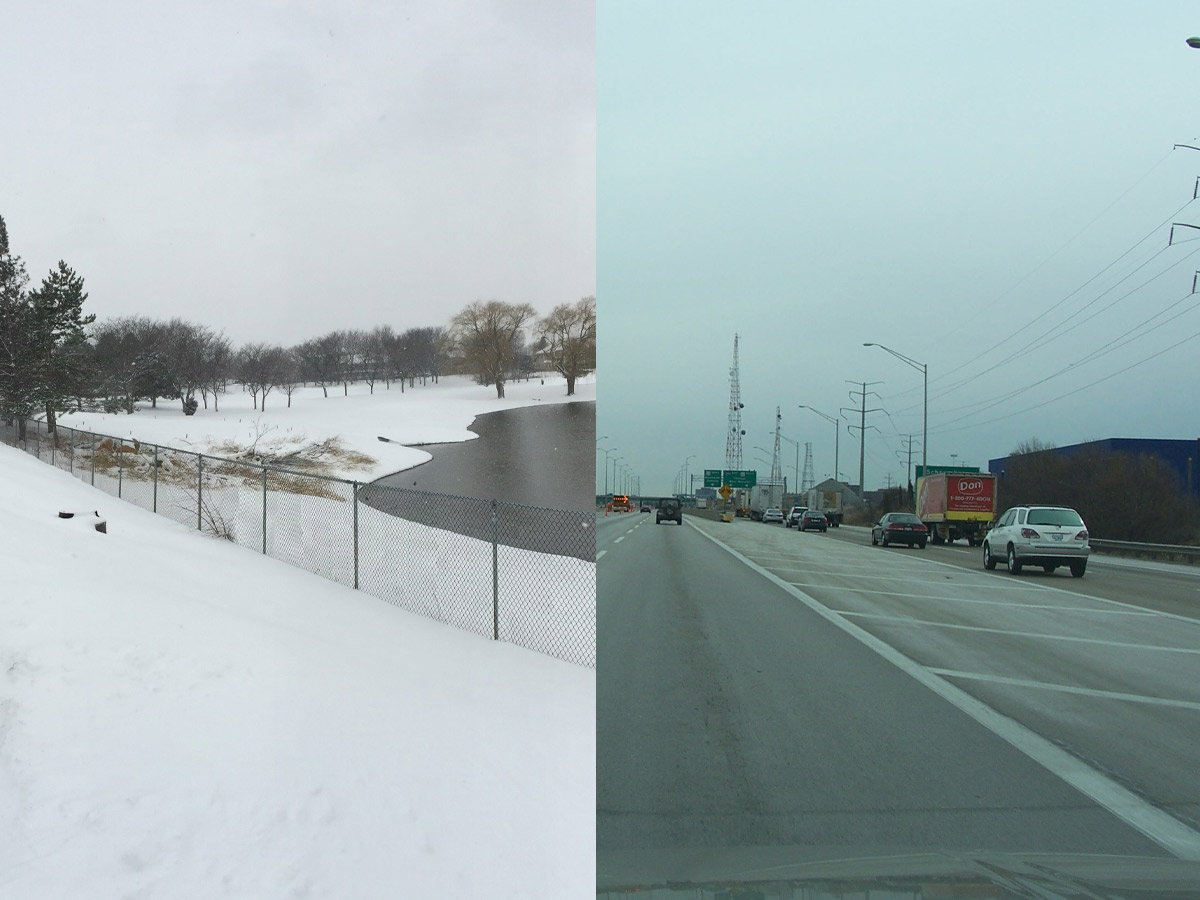
Hot and muggy summers and cold to the bone, snowy winters characterize this town's climate. The region receives an average of 36 inches of precipitation per year, which is slightly higher than the national average. Extreme cold and snowfall are common in the winter, while oppressive heat and humidity are common in the summer here.
During the summer season, there is a possibility of encountering severe weather events such as tornadoes and thunderstorms. Furthermore, the locality is located in an area where the lake-effect snow of Lake Michigan can result in inclement weather conditions and hazardous snowfall. The adverse weather conditions in Schaumburg can pose challenges for transportation, and many times requires resident to stay inside.
(Image via Wikimedia Commons; Image via Wikimedia Commons)
Milwaukee, Wisconsin
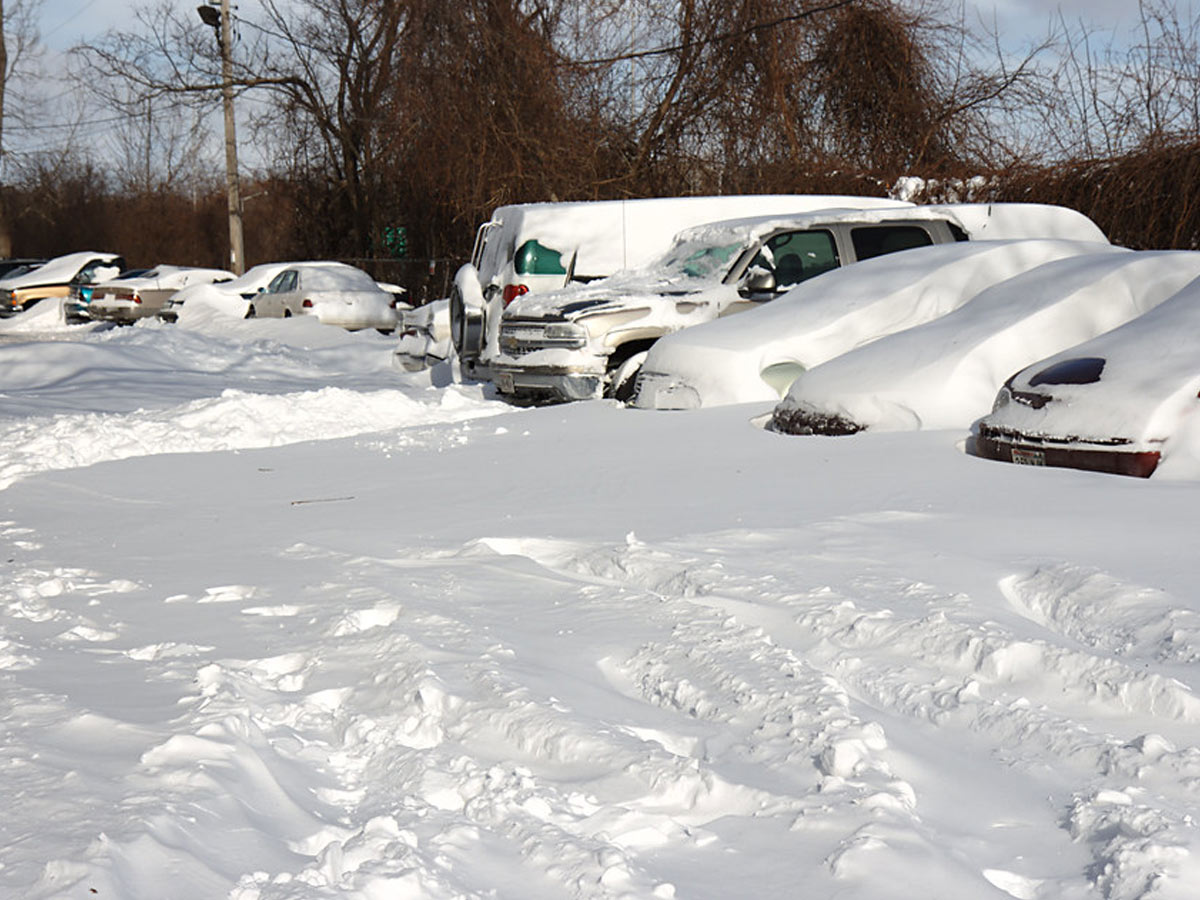
Milwaukee is characterized by a humid continental climate, featuring hot and sweaty summers as well as chilly and icy winters. On an annual basis, the area encounters an average precipitation of 34 inches, surpassing the national average. The winters in Milwaukee are characterized by harsh weather conditions, including heavy snowfall and freezing temperatures.
This city is situated in a spot that is highly susceptible to Lake Michigan's lake-effect snow, which has the potential to cause further snow accumulation and extremely hazardous situations. During the summer season, Milwaukee is susceptible to severe thunderstorms, tornadoes, and high winds, in addition to its harsh winters, making it one of the worst weather locations in the US.
Burlington, Vermont

A humid continental climate characterizes Burlington, Vermont, with cold, snowy winters and humid summers that are hot. The local average for annual snowfall is 81 inches, which is much more than the country's average. Due to the extreme cold and heavy snowfall that can occur in Burlington during the winter, traveling can be precarious, but the skiing is great!
Strong thunderstorms and flooding can occur in the town throughout the summer, as well as harsh winter weather, which can cause property damage and disruptions to daily life. Burlington's location in the country's northeastern section places it in the path of weather systems passing through the country, which can exacerbate the town's severe weather conditions.
Oklahoma City, Oklahoma
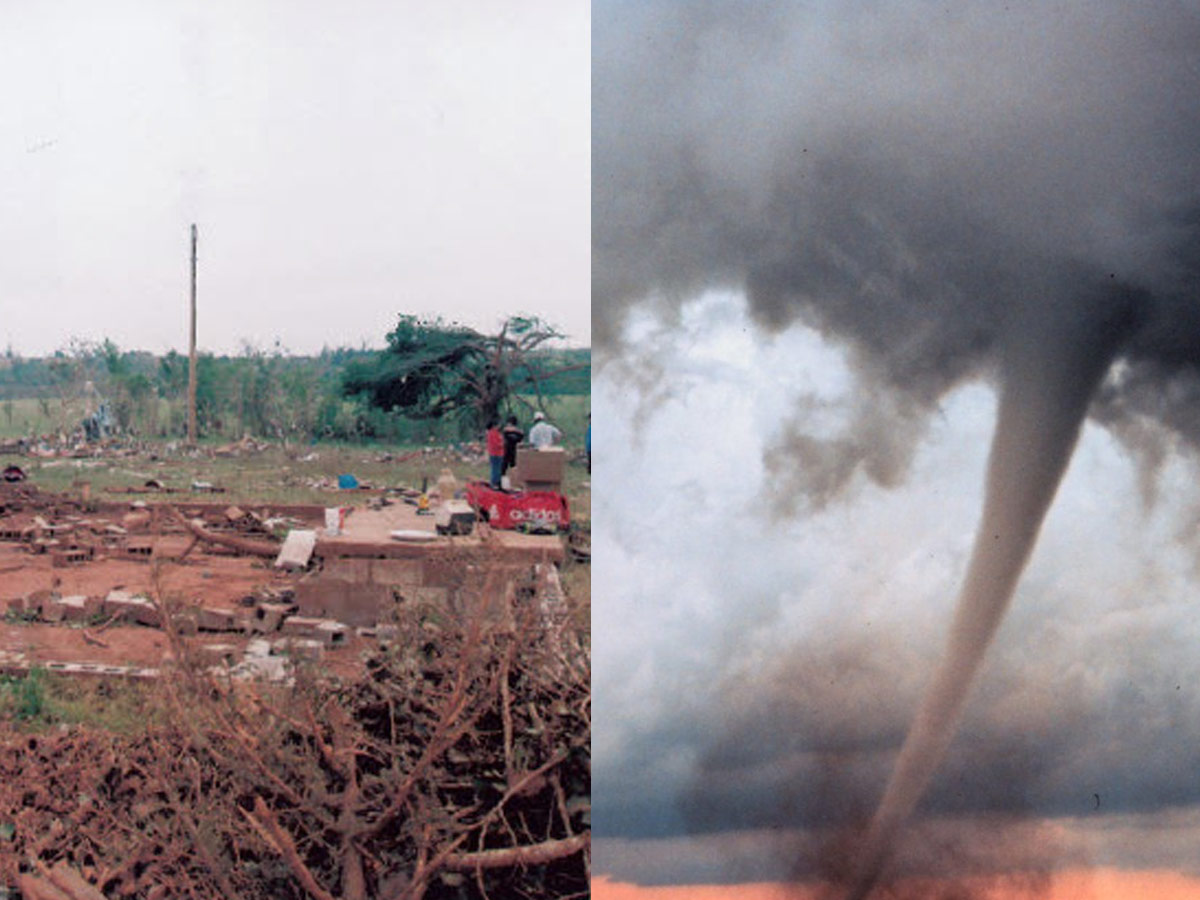
With a wide variety of extreme weather patterns, including blizzard-like snowstorms and sweltering heat waves, Oklahoma City is well known for its unfavorable weather patterns. The urban region experiences a subtropical climate with hot, humid days and nights, cold winters, and warm summers. The city in concern is located within what is referred to as "Tornado Alley."
This is a place where tornadoes, hail, and thunderstorms are common and can result in considerable property damage and fatalities. Outdoor activities throughout the summer can be problematic due to the high temperatures and humidity, and daily plans might be challenging due to the variable weather patterns. The weather in Oklahoma City is generally regarded as being among the worst in the nation.
Las Vegas, Nevada
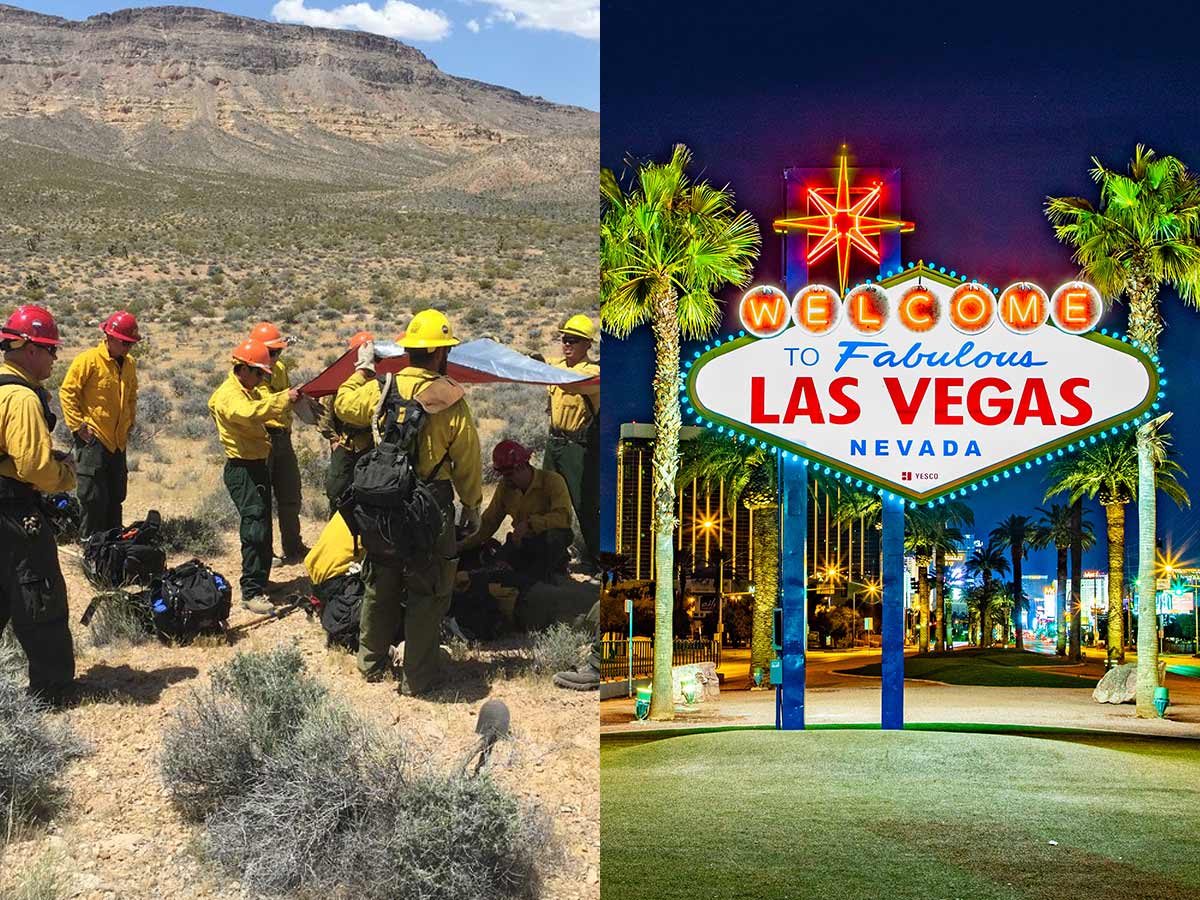
The shocking reality is out, the weather in Las Vegas is among the worst in the nation. Although Las Vegas, Nevada is known for its flash and glamour, locals are aware of how unfavorable the weather there is. The city has a hot desert environment, which includes mild winters with freezing temperatures at night and blistering summers that can reach above 100°F.
The region is particularly vulnerable to dust storms and sporadic flash floods, which can seriously harm infrastructure and property. High and dry temperatures can make outdoor activities intolerable, and rapid changes in weather patterns can make planning challenging. Due to the intense heat and unpredictability of the weather, Las Vegas is generally regarded as having some of the worst weather in the nation.
Hilo, Hawaii

Although Hilo, Hawaii, is a tropical paradise, inhabitants are well aware that the weather can occasionally be less than ideal. This city has a tropical rainforest climate with year-round heavy rains and high humidity. The humidity can make the scorching temperatures feel even hotter, and the regular rain can result in flooding and landslides.
Hilo is situated on the eastern part of the Big Island, which puts it in the path of frequent tropical storms and hurricanes in addition to the rain. On average, it rains in this city for 277 days a year! The excessive rainfall, humidity, and susceptibility to tropical storms in Hilo contribute to its reputation as having some of the most wretched weather in the nation.
Miami, Florida
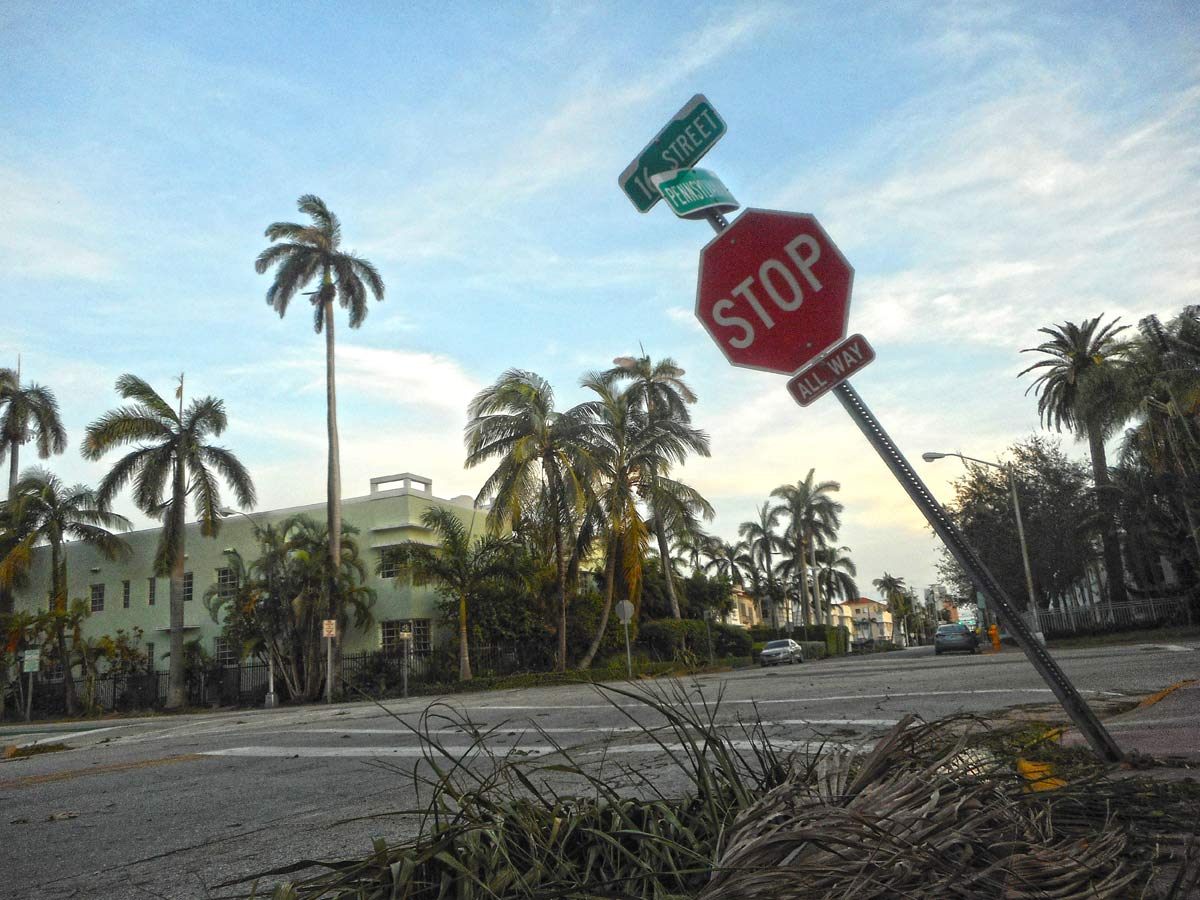
Miami, Florida is renowned for its beautiful beaches and exciting nightlife, but inhabitants are very aware that the city frequently experiences extreme weather. The city has a tropical monsoon climate, with moderate winters and hot, muggy summers. While the frequent thunderstorms and hurricanes can result in major property damage and even fatalities, the heavy humidity can make the scorching temperatures feel much more intolerable.
There is a 16% possibility that a major hurricane will make landfall in this city, bringing catastrophic flooding with it. Furthermore, Miami is also susceptible to sea level rise, which might lead to more regular flooding and eroding, in addition to storms. Generally speaking, Miami's weather is among the worst in the nation because of its harsh circumstances and propensity for natural disasters.
Los Angeles, California

Locals are incredibly aware that the weather in Los Angeles, California, may be unpredictable and severe, despite the fact that it is a popular vacation destination for both everyday travelers and the exceedingly famous. The city enjoys a climate similar to that of the Mediterranean, with hot, dry summers and mild, rainy winters.
However, the city is notorious for being struck by unprecedented wildfires, earthquakes, mudslides, and droughts, all of which have resulted in the loss of lives and caused major damage to property. Poor air quality, which can be caused by smog and other forms of pollution, can aggravate existing respiratory diseases. It's not a great spot weather wise.
Four Corners, Florida
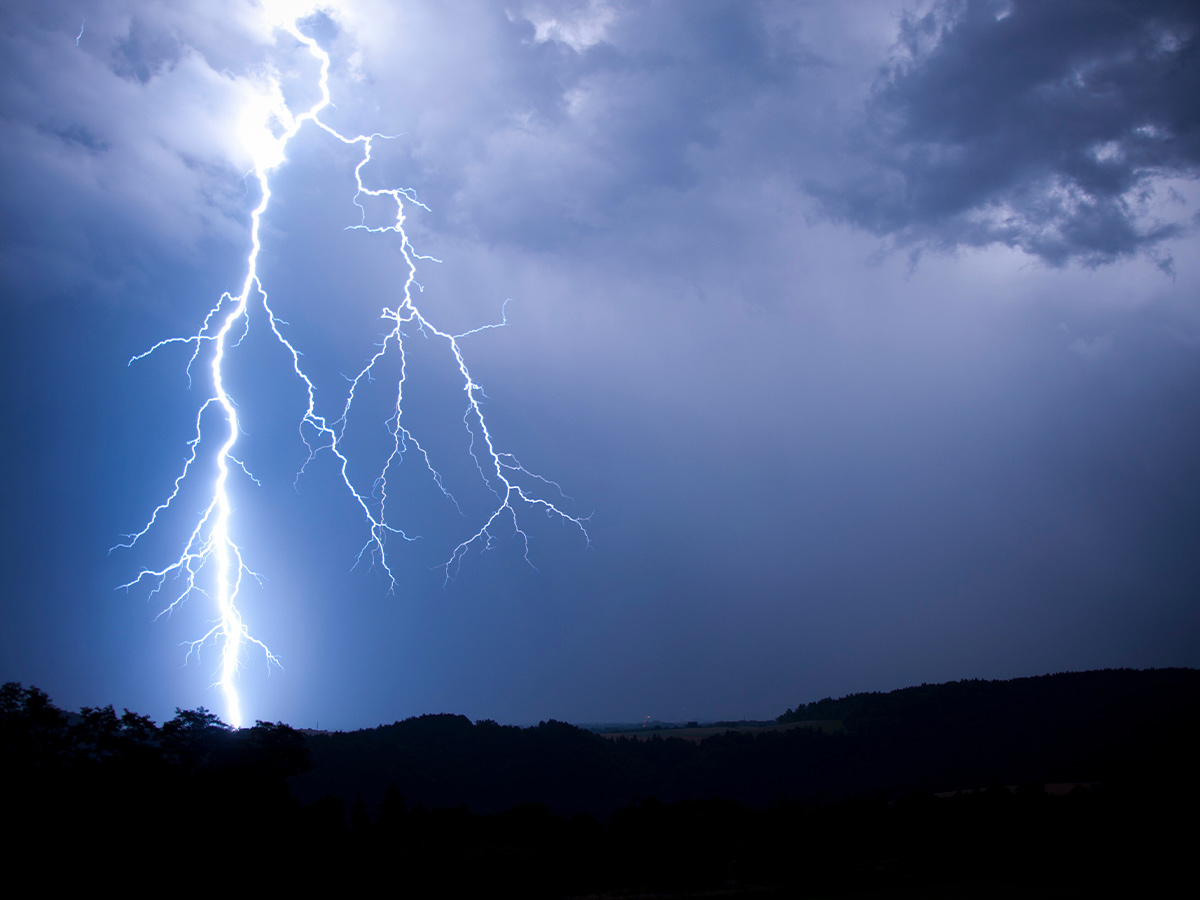
Four Corners, Florida residents know how bad the weather can be, despite the town's tranquil image. Subtropical summers and mild winters characterize the town's climate. However, the heavy humidity can make the heat feel even worse, and the frequent hurricanes and thunderstorms can cause considerable property damage and even fatalities.
Lightning strikes are common here due to the frequency thunderstorms. Four Corners is the most lightning-prone spot in the US, with almost 1,200 lightning hits per square mile. This city is in a sinkhole-prone zone, because it is located in a particularly sinkhole-prone region. This can cause severe home and business collapses. Ouch!
San Francisco, California

San Francisco's sunshine doesn't matter, temperature, air velocity, and the earths plates take precedence here. This city is highly susceptible to earthquakes because of its location along the North American and Pacific plate line. The city is also a peninsula surrounded by water, as such air rises rapidly in California's central valley.
San Francisco's frigid air howls through the valley. Despite the summer sun, San Francisco feels horribly cold. This rapid chilly air sweeps across San Francisco quickly. Summer vacationers on the Wharf in shorts and tank tops with goosebumps, freezing always give the locals a chuckle. In summer, bring sweatshirts, sweaters, and light jackets to this spot. You've been warned!
 Author
Jennifer Freehill
Last Updated: October 18, 2025
Author
Jennifer Freehill
Last Updated: October 18, 2025